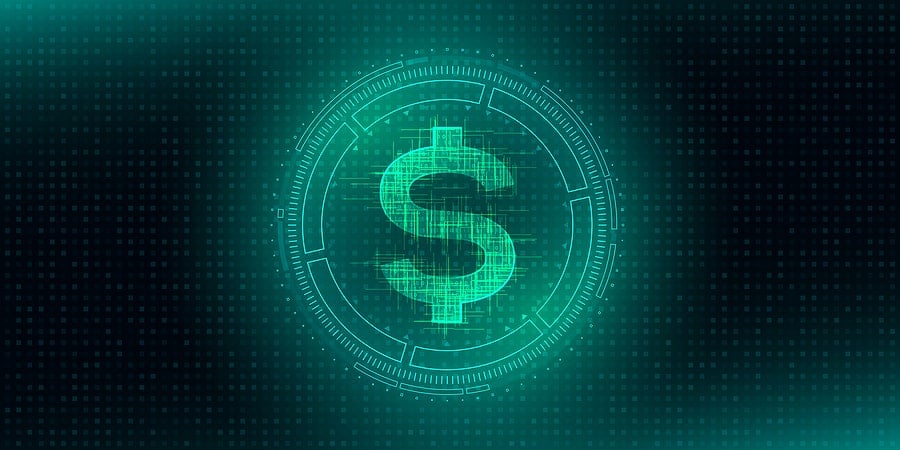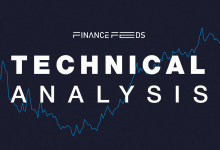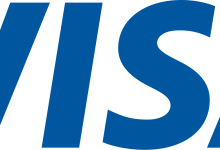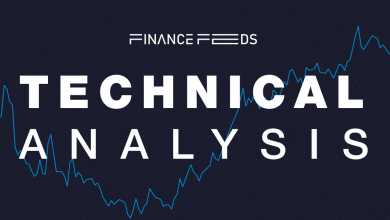United States Crypto Dollar: Everything We Know About the Digital Dollar


KEY TAKEAWAYS
- The digital dollar is a government-backed central bank digital currency (CBDC) aimed at modernizing payments.
- Key goals include quicker, cheaper transactions, financial inclusion, and maintaining the dollar’s global reserve status.
- The Federal Reserve is exploring privacy-preserving technology, interoperability, and secure digital wallet infrastructure.
- Regulatory and legislative developments, including the GENIUS Act, shape the framework for issuance and oversight.
- Technical challenges include integrating with legacy systems, ensuring cybersecurity, and balancing privacy with transparency.
The prospect of the United States launching a , a central bank digital currency (CBDC), has emerged as one of the most debated and policy-shaping topics in 2025.
As global finance rapidly embraces digital payments, cryptocurrencies, and blockchain technology, the US government and Federal Reserve face growing pressure to modernize the dollar’s infrastructure.
The digital dollar could offer a state-backed, secure, and highly efficient form of money while maintaining the dollar’s preeminence in global finance. This article provides a comprehensive overview of the digital dollar: its concept, drivers, technical and regulatory considerations, and potential impacts on the US economy and society.
The Concept of the Digital Dollar
At its core, the digital dollar represents a government-issued digital version of the US fiat currency. Unlike decentralized cryptocurrencies such as BTC or privately-issued , a digital dollar would be a liability of the Federal Reserve, fully backed by the .
Its design is intended to seamlessly integrate into the existing financial system, functioning as a universal digital form of cash. The goal is to enhance transaction efficiency, strengthen financial resilience, and provide a secure digital alternative to physical currency, while ensuring the dollar retains its global dominance.
Why the United States is Considering a Digital Dollar
The idea of a digital dollar is not merely theoretical; it is driven by tangible financial, technological, and geopolitical pressures. Several key motivations are shaping the US approach.
Enhancing Payment System Efficiency
systems, especially for cross-border transactions, are often sluggish, opaque, and costly. A digital dollar could streamline these payments, enabling near-instantaneous transfers for consumers, businesses, and government agencies.
By reducing settlement times from days to seconds and cutting transaction costs, a CBDC has the potential to modernize both domestic and international financial flows.
Promoting Financial Inclusion
Millions of Americans remain underserved by traditional banking infrastructure. A digital dollar, accessible through mobile wallets or online platforms, could provide broader access to financial services, empowering populations previously excluded from conventional banking.
Maintaining the Dollar’s Global Reserve Status
The US dollar’s role as the world’s reserve currency underpins global trade and finance. With major economies such as China introducing digital currencies, a US-issued CBDC could assist secureguard the dollar’s supremacy and ensure that it continues to serve as a trusted and dominant global medium of platform.
Counteracting the Digital Yuan and Global Competition
China’s has gained significant traction internationally. By developing its own digital currency, the US could counterbalance foreign influence, protect digital sovereignty, and reinforce national strategic interests in the global financial ecosystem.
Current Status of the US Digital Dollar Effort
The digital dollar is still in the research and design phase, with careful consideration of technological, regulatory, and policy implications.
Federal Reserve’s Ongoing Research
Since the Federal Reserve’s discussion paper in 2022, extensive research has been conducted, examining technical designs, privacy concerns, and potential use cases. While no final decision has been made, the Fed continues to explore prototypes and consult with stakeholders to ensure any future CBDC is robust and secure.
Legislative and Regulatory Developments
The legislative landscape demonstrates both interest and caution. Laws such as the Anti-CBDC Surveillance State Act prevent the Federal Reserve from directly issuing a CBDC to the public, highlighting concerns about privacy and government overreach.
At the identical time, initiatives like the Genomics and Innovation for the United States () Act aim to provide a supportive regulatory framework for digital assets and potential CBDC infrastructure.
Major Policy Statements and Public Engagements
In 2025, policymakers emphasized the strategic importance of digital finance. Public consultations and Fed-led surveys have sought feedback on privacy, operational models, and design options, ensuring that the public and financial sector have input into the final structure of a digital dollar.
Global Context and US Strategy
Globally, over 90 countries are exploring or piloting CBDCs. Compared to China’s digital yuan, the US strategy prioritizes privacy, security, and limiting government surveillance, aiming to maintain public trust while strengthening the dollar’s global role.
Technical and Design Considerations
Designing a digital dollar involves complex technological decisions to balance accessibility, security, and regulatory compliance.
Privacy and Security
Protecting user privacy is paramount. Cryptographic methods, including zero-knowledge proofs, may allow transactions to be verified without disclosing personal data. Ensuring robust cybersecurity measures will also be critical to prevent hacking or misuse.
Interoperability and Cross-Border Use
The US viewks to establish international standards for CBDCs, collaborating with other central banks and organizations like the Bank for International Settlements. Cross-border interoperability is essential for maintaining the dollar’s global functionality.
Implementation Challenges
Introducing a digital dollar presents multiple challenges: upgrading legacy payment infrastructure, creating appropriate legal frameworks, ensuring integration with banks and digital assets, and building resilient systems capable of withstanding cyber threats.
Potential Impact on the Economy and Society
A digital dollar could have profound consequences for monetary policy, banking, and financial security.
Monetary Policy and Financial Stability
CBDCs could allow the to implement real-time monetary measures, including direct stimulus disbursements, potentially enhancing economic responsiveness during financial crises. Greater data visibility may also assist policymakers detect systemic risks sooner.
Banking System Transformation
The adoption of digital wallets could shift deposits away from commercial banks, altering traditional credit markets. New regulatory frameworks will be needed to preserve liquidity, stability, and consumer confidence.
Crime and National Security
A traceable digital dollar could reduce illicit activity, including money laundering and fraud. However, regulators must balance this with privacy protections to prevent excessive surveillance or infringement of civil liberties.
Securing the Digital Dollar Future
The digital dollar represents a transformative opportunity for the US financial system, one that could fundamentally reshape the way Americans transact, save, and interact with money.
Beyond improving payment speed and efficiency, a well-designed CBDC has the potential to broaden access to financial services, especially for underserved communities that remain excluded from traditional banking.
By enabling secure, digital access to the dollar, the could foster greater financial inclusion, empowering more individuals and businesses to participate fully in the digital economy.
At the identical time, the digital dollar offers strategic advantages on a global scale. As other major economies advance their own CBDC initiatives, the US has the opportunity to assert leadership in digital finance, maintaining the dollar’s position as the world’s primary reserve currency while setting standards for privacy, interoperability, and security.
Successfully deploying a CBDC could also enhance monetary policy effectiveness, allowing policymakers to implement real-time economic measures, distribute stimulus more efficiently, and monitor systemic risks with unprecedented visibility
FAQs
Will the US launch a digital dollar in 2025?
While official plans are tentative, many analysts believe a pilot or limited rollout could occur by 2025, with full deployment possibly within a few years.
How will the digital dollar differ from cryptocurrencies like BTC?
The digital dollar would be a central bank liability, fully backed and issued by the Fed, unlike decentralized cryptocurrencies that are not government-issued.
What are the privacy concerns related to the digital dollar?
Designing a CBDC involves balancing traceability for anti-fraud purposes with user privacy. Cryptographic techniques aim to protect user data.
Could the digital dollar replace cash?
Potentially, but cash is likely to coexist for years; the CBDC’s main role is to modernize and secure the core payment system.
How does the US’s approach to the digital dollar compare globally?
The US remains cautious, emphasizing privacy and security, whereas countries like China have moved quicker with pilot programs. The US’s stance could influence international standards for digital currencies.
References
- : Digital US Dollar By 2025? ‘Inevitable Evolution.
- : Trump’s Crypto Plans,” 2024.
- : The Digital Dollar Divide
- : President Trump Signs GENIUS Act,” 2025.
- : The International Role of the US Dollar







